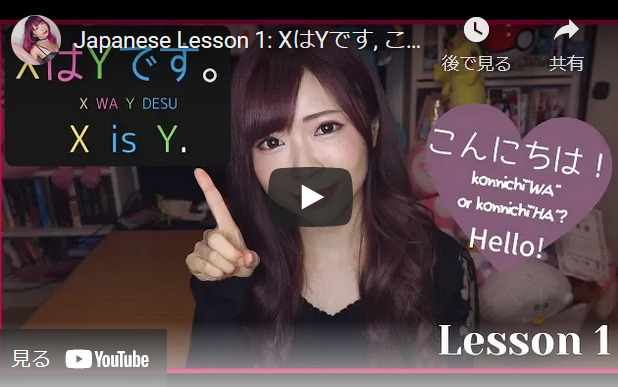Learn Japanese on YouTube There are many channels on YouTube that are great for learning Japanese. Most of the video courses are free. You can use them to ask a Japanese instructor what you don’t understand or listen to them together in class. YouTubeには、日本語を学ぶのに最適なチャンネルがたくさんあります。 ほとんどのビデオ講座は無料で見ることができます。わからないことを日本人講師に聞いたり、授業で一緒に聞いたりするのに使えます。 |
If you have any questions, ask them for free! ➡ Japanese Question Form

Linguistic reasons why Japanese people do not assert themselves.
日本人が自己主張をしない言語的理由。
Major differences between Japanese and English
“Arigato” and “Thank You.
Let’s compare these two.
In the Japanese “Arigato,” there is no speaker or listener, in other words, no human being.
If you convert “arigato” to kanji, it is “有難う” (thank you).
It means, “It’s difficult to be,” or “It’s not easy to be.”
In contrast to the Japanese phrase “Arigato” (Thank you), which has no human being in it, how about the English phrase “Thank you.
In this case, “you,” or the person who is listening, appears.
It is a verb sentence that means “To thank you.
This is very different from the Japanese word “arigato,” which is based on an adjective.

Tokyo vs. Osaka: Which is Better for Foreign Residents in Japan?
Japan is home to several major cities, known collectively as the “Big Five Cities” which include Tokyo, Osaka, Nagoya, Sapporo,

Guide to Side Jobs for Foreigners in Japan
Since 2023, price increases in Japan have become more noticeable, and many people are feeling that their salary from the

Essential Interview Tips for Success at Japanese Companies
There may be some foreigners who are looking for a job in Japan, but in fact, many of those foreign

Tokyo vs. Osaka: Which is Better for Foreign Residents in Japan?
Japan is home to several major cities, known collectively as the “Big Five Cities” which include Tokyo, Osaka, Nagoya, Sapporo,






